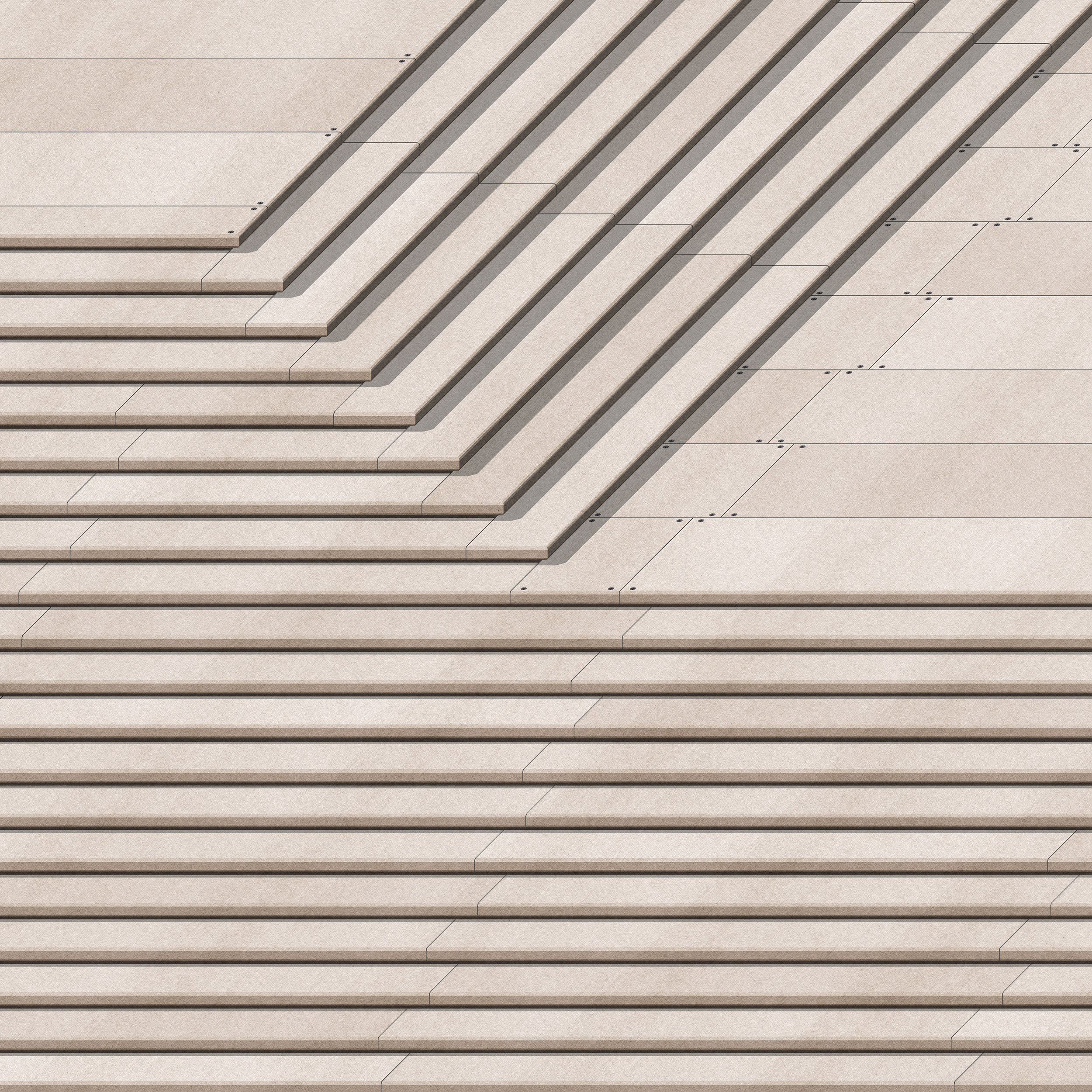Jørn Utzon, “Platforms and Plateaus: Ideas of a Danish Architect,” Zodiac, No. 10 (1962): 113–140.
In this regard it is important to distinguish the platform from the plinth since the latter is often considered as the base for another object as in the case of theorist Tahl Kaminer’s account of the use of the plinth in modern architecture. See: Tahl Kaminer, "Von Ledoux bis Mies: The Modern Plinth as Isolating Element," Architectural Research Quarterly 23, no. 1: 21–32.
See Nick Srnicek, Platform Capitalism (London: Polity, 2016).
Tim Ingold, The Appropriation of Nature: Essays on Human Ecology and Social Relations (Iowa City: University of Iowa Press, 1987), 130–164.
See: Peter J. Wilson, The Domestication of the Human Species (New Haven: Yale University Press, 1988), 45.
Jerry D. Moore, The Prehistory of Home (Berkeley and Los Angeles: University of California Press, 2012), 23–55.
Ibid., 67.
Richard Bradley, “A Life Less Ordinary: The Ritualization of the Domestic Sphere in Later Prehistoric Europe,” Cambridge Archaeological Journal, 13:1 (2003): 5–23.
See Kent Flannery and Joyce Marcus, The Creation of Inequality: How Our Prehistoric Ancestors Set the Stage for Monarchy, Slavery, and Empire (Cambridge: Harvard University Press, 2014), p. 236.
See Gregory L. Possehl, The Indus Civilization: A Contemporary Perspective (Plymouth: Altamira, 2002), 101–103.
See Owen Lindauer and John Blitz, “Higher Ground: The Archeology of North American Platform Mounds,” Journal of Archeological Research, Vol. 5, No. 2 (1997): 169–207.
See: Douglas B. Craig, James P. Holmlund, and Jeffrey J. Clark, “Labor Investment and Organization in Platform Mound Construction: A Case Study from the Tonto Basin of Central Arizona,” Journal of Field Archeology 25 (1998): 245–259; Mark Elson and Dr. Abbot, “Organizational Variability in Platform Mound-Building Groups of the American Southwest,” in Alternative Leadership Strategies in the Prehistoric Southwest, ed. Barbara J. Mills (Tucson: University of Arizona Press, 2000), 117–135.
See Mary B. Hollinshead, “Monumental Steps and the Shaping of Ceremony,” in Bonna D. Wescoat and Robert G. Ousterhout, The Architecture of the Sacred: Space, Ritual, and Experience from Classical Greece to Byzantium (Cambridge: Cambridge University Press, 2012), 27–65.
Ibid., 28.
Nikos Chausidis, “The Threshing Floor as a Symbolic Paradigm in Ancient Observatories,” in Dejan Gjorgjievski, Giving Gifts to God: Evidence of Votive Offerings in the Sanctuaries, Temples and Churches (Skopje & Kumanovo: National Institution Museum of Kumanovo, 2017), 43.
Bonna D. Wescoat, “Coming and Going in the Sanctuary of the Great Gods, Samothrace,” in Wescoat and Ousterhout, The Architecture of the Sacred.
Ibid., 84–86.
See: Charalambos Kritzas, “Nouvelle inscription provenant de L’Asclépiéion de Lebena (Crète),” ASAtene 70–71 (1992): 278.
Ibid., 42.
See: Arnaldo Bruschi, Bramante (Bari: Editori Laterza, 1973), 138–139.
Olivia Neves Marra has offered a very interesting analysis of this aspect of the Renaissance Villa in which the pastoral beauty of the garden and its precise formalization into a carefully coreohraped sequence of spaces was meant to sublimate the violence of dispossession perpetrated by landowners into a persuasive spectacle often accessible to the public. See Olivia Neves Marra, The Garden as Political Form: From Archyetype to Project (PhD dissertation, Architectural Association, 2019).
On this issue, see Carol Symes, A Common Stage, Theatre and Public Life in Medieval Arras (Ithica: Cornell University Press, 2007).
See Ross Anderson, “The Appian Way,” AA Files, No. 75 (2017): 163–182.
On “Espaces rythmiques” and the collaboration between Appia and Dalcroze, see Adolphe Appia: Attore, musica e scena, ed. Ferruccio Marotti, trans. Delia Gambelli (Milan: Feltrinelli, 1975), 40–42. See also Richard C. Beacham, “Appia, Jaques-Dalcroze, and Hellerau, Part Two: ‘Poetry in Motion,’” New Theatre Quarterly, Vol. 1, No. 3 (August 1985): 245–261.
Anderson, “The Appian Way,” 177; Fritz Neumeyer, The Artless Word: Mies van der Rohe on the Building Art, trans. by Mark M. Jarzombek (Cambridge: MIT Press 1992), 56.
Le Corbusier: Oeuvre Complete, 1946–1952, ed. Willy Boesiger (Zurich: Girsberger, 1953), 222.
Ibid.
Richard Sennett, The Craftsman (New Haven: Yale University Press, 2008), 232–235.
